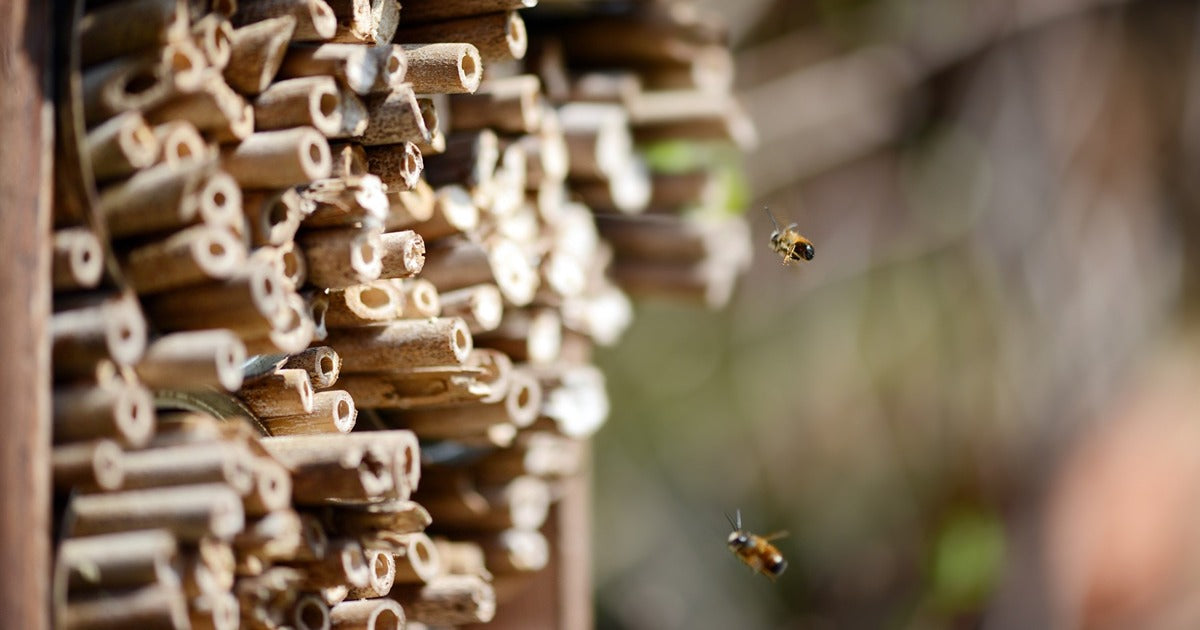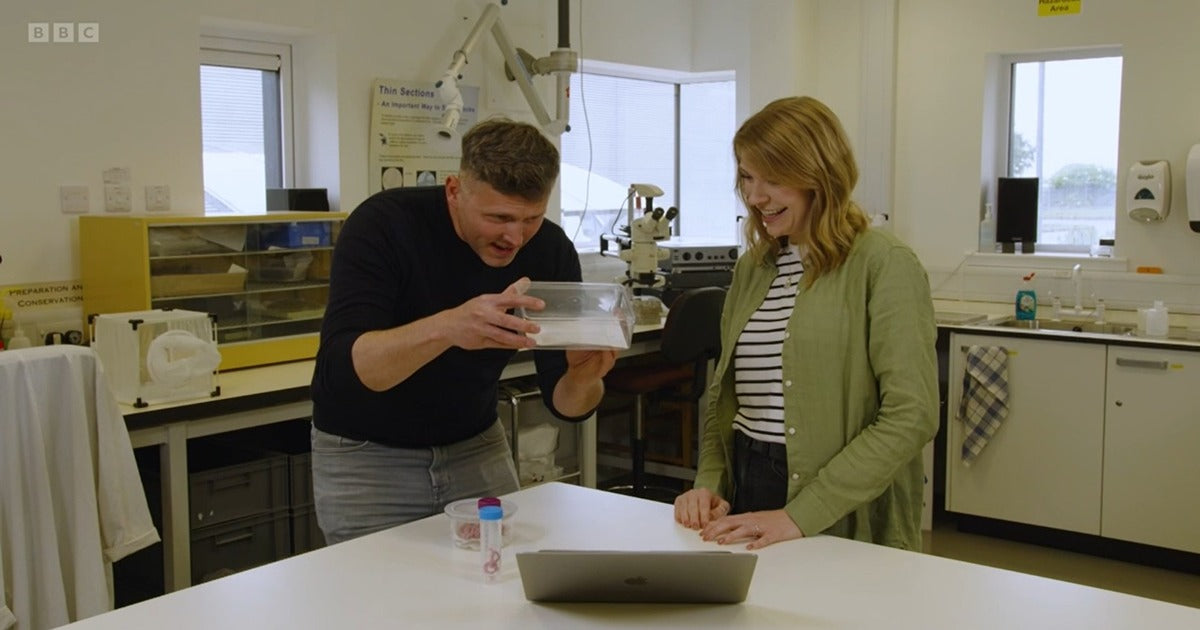
Solitary Bee Numbers Are Declining
The number of Solitary Bees that are going to make it through the winter this year in the U.K. are much lower than normal. We spoke to a local producer of Solitary Bees who has been checking his production nests and found that unfortunately many have failed, so it looks like many live cocoons will not emerge next spring. The reasons for the drastic drop in reproduction rates is currently unknown and subject to further research, but these instances certainly serve to indicate the fragile plight of many bee species.

Fewer Solitary Bees are set to emerge from their cocoons for next season.
How To Play Your Part In Protecting Solitary Bees
Move Solitary Bee Nester Tubes Out Of Reach Of Predators
For those of you with Solitary bee nesters, it is a good idea to move any nesting tubes that are inhabited into a garage or shed for the winter. This will protect them from predatorssuch as birds, especially Woodpeckers as they have a fondness for eating the Solitary Bee cocoons. If this is not possible, try putting some netting over the end of the nesters to prevent birds access to the tubes.
Clean Out Empty Nester Tubes
It is also a good time to clean out any empty tubes. This will remove any lodging parasites, and make the nesting tubes more likely to succeed next spring if new eggs are laid in them. Return the tubes to the nester in March, when temperatures start to rise.

Removing and cleaning vacant tubes from your nesters may mean Solitary bees are encouraged to lay eggs in them next year.
Create Garden Areas Of Pollen Bearing Plants
It is especially important next spring to encourage the Solitary Bees that do survive the winter to mate and lay new eggs in nesting tubes and habitats. This can be helped by creating areas of pollen bearing plants. This will help encourage the bees to nest in your garden and provide them with the pollen they need to mix with nectar to feed their young. Placing your Solitary Bee Nesters near such plants would be optimal considering they are sited at the correct orientation.

Placing Solitary Bee nesters near pollen bearing plants such as wildflowers would encourage the bees to nest.
Situate Your Solitary Bee Nesters Onto A Solid Back, Facing South To South East
It is important to site your nesting tubes to the right orientation. Nesters most likely to attract Solitary Bees should be facing south to south east. It is also a good idea to make sure your nesters are leant onto a solid back, so there is no danger that they would swing in the wind, as no bees will attempt to lodge in such poor hospitality!

Ensure your nesters are secured to a wall or fence so the wind cannot move them.
Select From Dragonfli's Wide Range Of Wonderfully Designed Solitary Bee Nesters
At Dragonfli we also have some very well designed solitary bee nesters available. Acquiring such nesters for your garden would ensure more nesting habitats are available to the struggling Solitary Bees. We have also designed the nesters in a variety of styles and colours so the nesters can also serve as lovely garden features. They would make great Christmas gifts and can all be found by clicking on the 'Bee & Beneficial Insects' tab under our 'Gifts' section, or by clicking here.



A selection of our available Solitary Bee Nesters.




